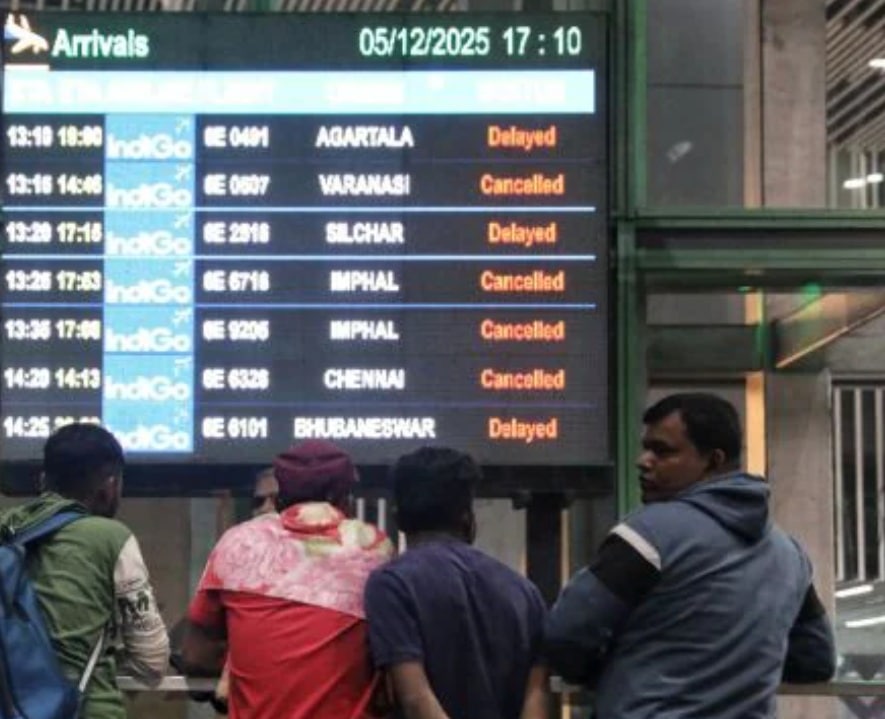What’s in Today’s Article?
- Why in the News?
- Background
- About Google DeepMind’s Project
- How does GNoME Work?
- Significance of GNoME
Why in the News?
- Earlier this year, a South Korean lab announced a breakthrough that could be “a possible real solution to the energy crisis”.
Background
- Scientists at the Seoul-based Korea University in July presented lumps of a grey-black, polycrystalline compound known as LK-99.
- The scientists claimed that the LK-99 could be fused to fabricate a superconductor that worked at room temperature and at normal pressure.
- However, these claims subsequently didn’t survive the test of scrutiny.
- Inspired by the research, Google announced a new project on the similar lines.
About Google DeepMind’s Project
- Google announced the launch of DeepMind AI tool, known as Graph Networks for Materials Exploration (GNoME).
- It used Artificial Intelligence (AI) to predict the structures of more than 2 million new materials.
- This could have wide-reaching application in sectors such as renewable energy, battery research, semiconductor design and computing efficiency.
How does GNoME Work?
- GNoME is a state-of-the-art graph neural network model or GNN, where the input data for the model takes the form of a graph that can then be likened to connections between atoms.
- GNoME was trained using “active learning”, a technique to scale up a model first trained on a small specialised dataset.
- Developers can then introduce new targets allowing machine learning to label new data with human assistance.
- This makes the algorithm “well suited” to the science of discovering new materials, which requires searching for patterns not found in the original dataset.
- Working Mechanism of GNoME:
- As seen here, GNoME uses two pipelines to discover low-energy (stable) materials.
- The structural pipeline creates candidates with structures similar to known crystals, while the compositional pipeline follows a more randomized approach based on chemical formulas.
- The outputs of both pipelines are evaluated using established Density Functional Theory calculations and those results are added to the GNoME database, informing the next round of active learning.
- As a result, the model has boosted the precision rate for predicting materials stability from 50 per cent to around 80 per cent.
- DeepMind claims its current research is equivalent to nearly 800 years of knowledge, given that 380,000 of its stable predictions are now publicly available to help researchers make further breakthroughs in materials discovery teams.
Significance of GNoME
- In one shot, this AI-linked breakthrough increases the number of ‘stable materials’ known to mankind ten-fold.
- These materials include inorganic crystals that modern tech applications from computer chips to batteries rely on.
- To enable new technologies, crystals must be stable — otherwise they can simply decompose.
- While these materials will still need to undergo the process of synthesis and testing, DeepMind has published a list of 381,000 of the 2.2 million crystal structures that it predicts to be most stable.
- Over the last decades, experimentation by humans has resulted in the discovery of the structures of some 28,000 stable materials, which are listed in the Inorganic Crystal Structures Database, the largest database of identified materials.
Source: How Google DeepMind’s AI breakthrough could revolutionise chip, battery development
Last updated on November, 2025
→ Check out the latest UPSC Syllabus 2026 here.
→ Join Vajiram & Ravi’s Interview Guidance Programme for expert help to crack your final UPSC stage.
→ UPSC Mains Result 2025 is now out.
→ UPSC Notification 2026 is scheduled to be released on January 14, 2026.
→ UPSC Calendar 2026 is released on 15th May, 2025.
→ The UPSC Vacancy 2025 were released 1129, out of which 979 were for UPSC CSE and remaining 150 are for UPSC IFoS.
→ UPSC Prelims 2026 will be conducted on 24th May, 2026 & UPSC Mains 2026 will be conducted on 21st August 2026.
→ The UPSC Selection Process is of 3 stages-Prelims, Mains and Interview.
→ UPSC Result 2024 is released with latest UPSC Marksheet 2024. Check Now!
→ UPSC Prelims Result 2025 is out now for the CSE held on 25 May 2025.
→ UPSC Toppers List 2024 is released now. Shakti Dubey is UPSC AIR 1 2024 Topper.
→ UPSC Prelims Question Paper 2025 and Unofficial Prelims Answer Key 2025 are available now.
→ UPSC Mains Question Paper 2025 is out for Essay, GS 1, 2, 3 & GS 4.
→ UPSC Mains Indian Language Question Paper 2025 is now out.
→ UPSC Mains Optional Question Paper 2025 is now out.
→ Also check Best IAS Coaching in Delhi



















